Contributed Poster Papers
- We welcome high-quality contributed poster papers on the Topics of Interest list above.
- Link for submitting contributed papers:
https://openreview.net/group?id=thecvf.com/WACV/2026/Workshop/LENS - Please follow WACV 2026 conference directions for formatting submitted papers. The papers will be reviewed by the LENS program committee.
- Previously Accepted Papers as Spotlights We also welcome previously accepted papers aligned with workshop topics for presentations at the workshop without publication. These papers will not be published in the proceeedings. The authors are encouraged to contact the workshop organizers directly. (anuj@stat.fsu.edu)
Important Dates
Invited Speakers
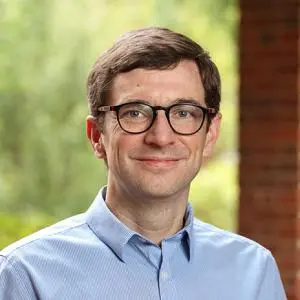
Tom Fletcher
University of Virginia
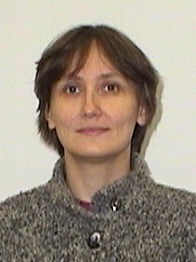
Yulia Gel
Virginia Tech University
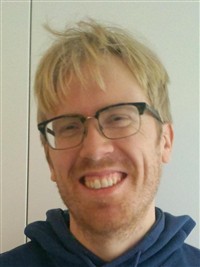
Søren Hauberg
Technical University of Denmark
Virtual Talk
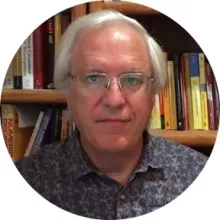
Michael Kirby
Colorado State University
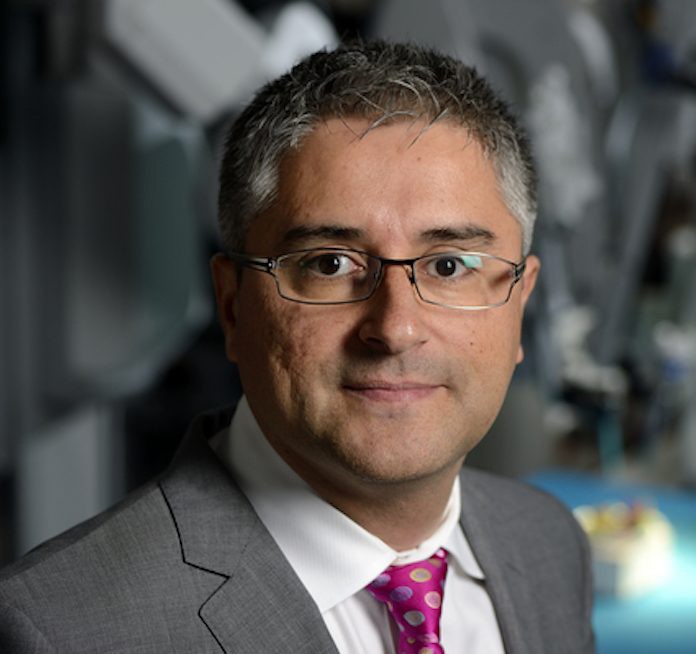
René Vidal
University of Pennsylvania
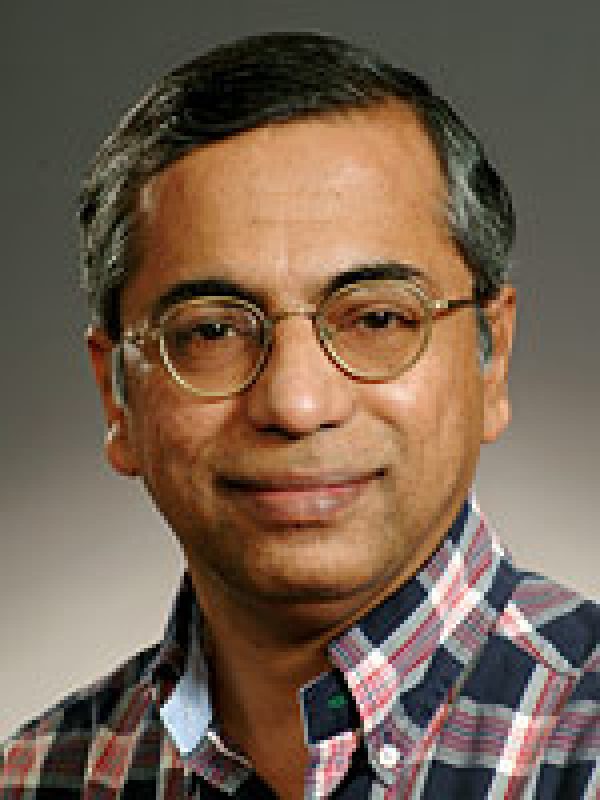
Baba C. Vemuri
University of Florida
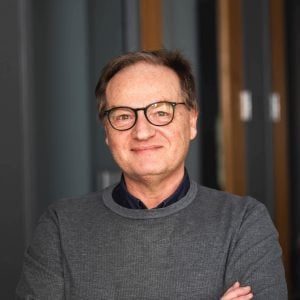
Laurent Younes
Johns Hopkins University
Organizing Committee
Program Committee
Invited Speakers (TBA)
- Speaker 1 — Institution
- Speaker 2 — Institution
- Speaker 3 — Institution
- Speaker 4 — Institution
Instructions for Contributed Papers
- Format: Follow the official WACV 2026 workshop template (same as main conference formatting unless specified). Typical length: 4–6 pages excluding references.
- Submission site: CMT or OpenReview link (TBA). Do not include author names for double-blind review unless otherwise stated.
- Topics: Any theme listed under “Topics of Interest”.
- Deadlines: See “Important Dates” section (23:59 AoE unless noted).
- Presentation: Posters for all accepted papers; some may be invited for spotlight talks.